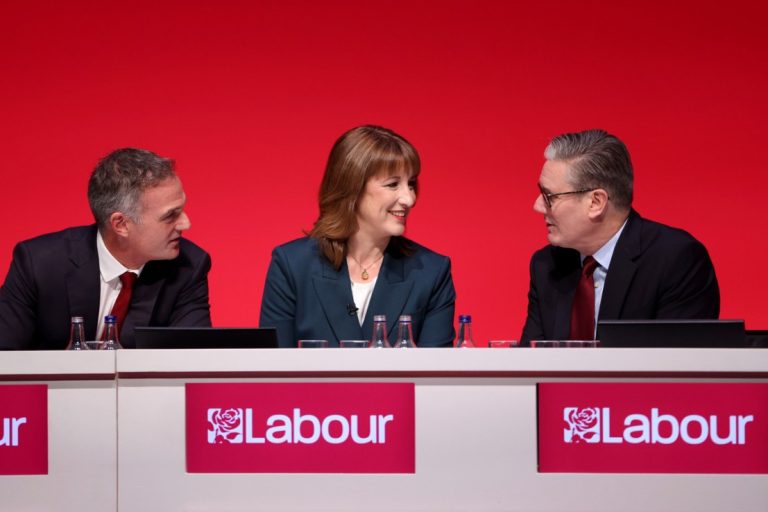
2XGJJJN Countess Road NW5 in Kentish Town in North London, home of Labour Party Leader Sir Keir Starmer for 17 years before he became the UK Prime Minister.
Late-night fire at the Prime Minister’s former London home
In the early hours of Monday morning, a fire broke out at the north London residence once occupied by Prime Minister Keir Starmer. The blaze, which caused visible damage to the front door, prompted a swift response from both the London Fire Brigade and the Metropolitan Police. No one was injured in the incident, but the street in the London Borough of Camden was cordoned off while officers and firefighters worked to secure the scene.
Timeline of events
According to the Metropolitan Police, the sequence of events unfolded as follows:
- 01:35 BST – The London Fire Brigade alerted police to reports of a fire at a residential address in north London.
- Shortly after – Officers from the Met’s local borough command arrived on site alongside firefighters.
- Within minutes – The flames were brought under control, and the fire service confirmed no casualties.
- —– – The police sealed off the street to preserve evidence and began initial enquiries into the cause.
Damage assessment and immediate response
While the fire was concentrated around the front entrance, the majority of the house’s interior and structural fabric remained intact. Emergency crews reported:
- Visible scorching and charring around the main doorframe and porch area.
- Smoke infiltration on the ground floor, requiring ventilation and smoke extraction.
- No spread to adjacent properties, thanks to rapid containment by firefighters.
The London Fire Brigade praised local residents for their quick 999 call, which allowed them to extinguish the flames before any serious damage could occur.
Police investigation under way
A Metropolitan Police spokesperson confirmed that the fire was being treated as suspicious and under active investigation. Key details include:
- Evidence collection – Officers in forensic suits scoured the entryway for accelerants or ignition devices.
- Witness interviews – Neighbours were questioned for any unusual activity or persons seen near the property late Sunday night.
- Review of CCTV – Investigators plan to examine both private and public camera footage covering the street.
- Next steps – Statements will be taken, and any relevant materials preserved pending further analysis.
At this stage, police are not ruling out any motive, but are keen to establish whether the fire was deliberate or accidental.
Background: Starmer’s London house and its new tenants
Since his election as Prime Minister in July last year, Keir Starmer moved into 10 Downing Street, leaving his former north London house unoccupied by the Starmer family. Reports indicate:
- The property has been leased to private tenants to avoid it sitting empty.
- It remains a high-profile address due to its past occupant’s public role.
Given the political prominence of the address, security experts highlight the challenges of protecting former official residences once they re-enter the private housing market.
History of targeted protests
The house has drawn attention before, as protest groups and demonstrators have targeted it for various reasons:
- Climate activists – who object to government energy policies – have staged small-scale demonstrations on the doorstep.
- Political campaigners – including those opposing government stances on migration – have leafleted nearby streets.
- Supporters of electoral reform – viewing Starmer as emblematic of the current power structure – have occasionally turned up outside the gates.
While none of these protests escalated into violence, they underline the potential risk to properties linked to prominent figures.
Security considerations for former PM residences
Security analysts note several factors that complicate protection measures for ex-official homes:
- Reduced government guard presence – once vacated, buildings no longer receive 24/7 close-protection teams.
- Public access – streets around London homes remain open, making surveillance and crowd control difficult.
- Legal constraints – private leaseholders may resist or restrict security upgrades like bollards, gates or cameras.
Enhanced coordination between the Met and private security firms is often required to mitigate such risks.
Political reaction and public concern
News of the fire at a former Prime Minister’s home has sparked a political response:
- Opposition figures have called for a review of security arrangements for ex-PM residences.
- Home Office sources indicated ministers are being briefed on the incident and potential policy changes.
- Local councillors expressed solidarity with the tenants and called for swift action to reassure the community.
Lobby groups concerned with public safety are urging a nationwide audit of protected residences for current and former senior officials.
Next steps in the investigation
The Metropolitan Police have confirmed that cordons remain in place and that inquiries are ongoing. In the coming days, investigators will:
- Analyse forensic test results to determine the fire’s ignition source.
- Cross-check witness accounts with digital evidence from CCTV and nearby devices.
- Assess whether a criminal prosecution will be brought once sufficient evidence is gathered.
Residents of the Camden neighbourhood are encouraged to report any information that could assist the police inquiry.



